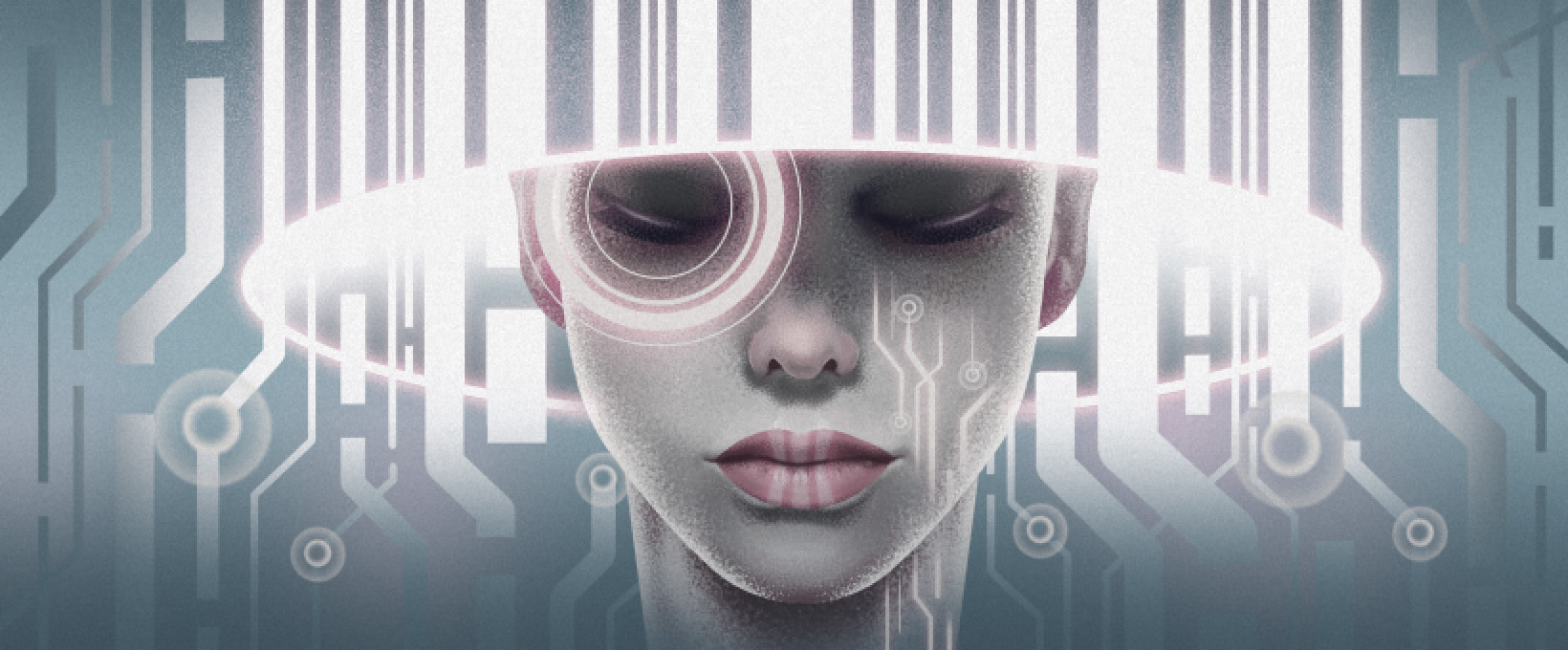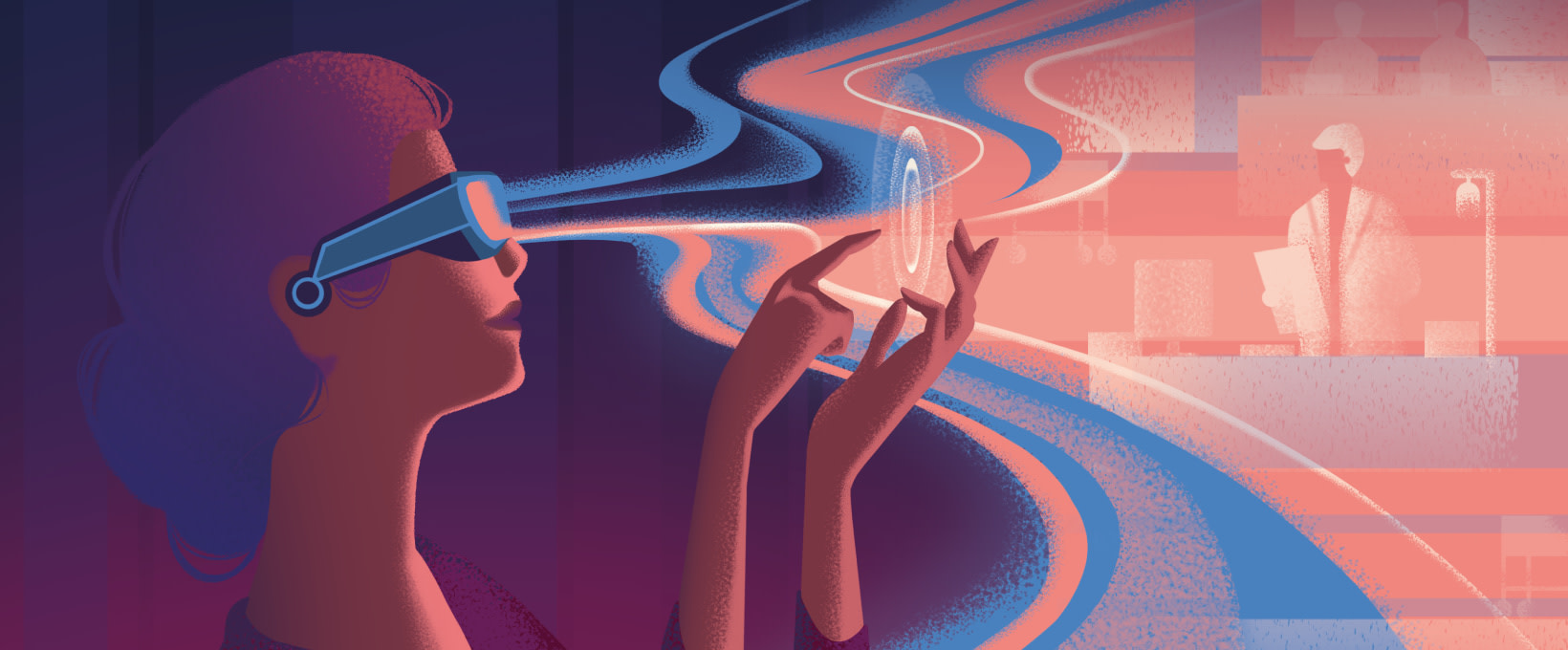- 1. Advantages of integrating AI into testing processes
- 2. Reasons why familiar testing strategies don't work
- 3. How to create an effective strategy
- 4. AI as a testing solution following the Canary Deployment method
- 5. Challenges for testers to successfully use process automation
- 6. Automation is not a panacea
Companies that are already using Artificial Intelligence to test programs and applications receive additional points for the speed and accuracy of the results. As AI and Machine Learning have been actively developing in recent years, many organizations are now entrusting the computer with independent calculations, analysis, and testing of applications developed.
For example, AI has managed to improve the methods of testing microservice-based applications; particularly, the Canary Deployment method, where part of the traffic from production is launched on a new version.
1. Advantages of integrating AI into testing processes
Working together with AI benefits both developers and testers. The advantages of combining manual and automated AI testing are as follows:
- Increased test accuracy. The check can be repeated twice or thrice, if needed.
- Improved quality of the result.
- Simulation of test execution by dozens or even hundreds of users.
All these advantages help to deeply and comprehensively test the developed utility or application, which becomes almost bug-free in the end. In addition, test automation helps in scaling and solves many problems that take a person hours to fix, as well as offers effective strategies for solving these problems comprehensively.
2. Reasons why familiar testing strategies don't work
When testing monolithic applications, each unit of code is checked using unit tests. QA specialists conduct the following several types of testing:
- integration testing;
- system testing;
- regression testing;
- user acceptance testing.
If all the tests are successful, the developed application is launched in production. However, testing microservice-based programs is profoundly different from testing monoliths. QA engineers have to work not with a single service but with other services that single one interacts with.
When testing a microservice-based app, the following issues arise:
- absence of availability of all microservices at once;
- inability to test all microservices together. Engineers have to test them one at a time, and then check how they work in conjunction;
- testers’ knowledge gaps;
- lack of database integrity;
- difficulties in carrying out transactions;
- disruptions after integration.
There is a need for an effective strategy that will help to eliminate bugs when testing microservice-based programs.
3. How to create an effective strategy
In order to create an effective automated testing strategy, you need the following:
- to know customer expectations;
- to increase the quality level;
- to determine the types of testing that suit your processes the best;
- to write tests according to the created pyramid. It is important to understand that the price increases the closer you are to the top.
AI and ML are primarily being introduced to make testers’ jobs easier and increase the accuracy of data. The software is tested multiple times by a means of advanced simulation techniques, without human effort.
This innovation reduces costs and gives additional time to develop other applications, instead of constantly changing the source code.
4. AI as a testing solution following the Canary Deployment method
Canary Deployment reduces software testing costs by making changes for a small group of users. Despite the apparent simplicity, one should bear in mind that changes in microservices occur independently of each other. Therefore, involved microservices are checked separately.
This is where automated testing will help. For example, AI can compare the new experience of a small group of users with the previous one, and Deep Learning can help to take solving problems in new code to the next level.
5. Challenges for testers to successfully use process automation
Automation of software tests is not as easy as it might seem at first glance. That’s why those who seek its help must have the following competencies:
- Extensive technical knowledge. Their knowledge level should be much higher than the knowledge level of those involved in conventional manual testing. The specialists should have skills in using AI-based tests.
- Ability to analyze and determine the best automation options. For example, decide whether to run AI immediately after changing the source code or let it only do static analysis, which cannot be done using unit tests.
Some companies that have decided to run autotests of their software using AI may face the problem of a shortage of the corresponding specialists. However, this problem can be easily solved by outsourcing. For example, Andersen can provide a QA team of any size within 10 business days.
6. Automation is not a panacea
Yes, AI can solve many problems associated with software testing. It reduces the time spent on analysis and can be used to test the connection between services.
However, one should not hope that automation will make the code perfect without a human’s involvement. AI only reduces the time spent and makes software testing more effective.









